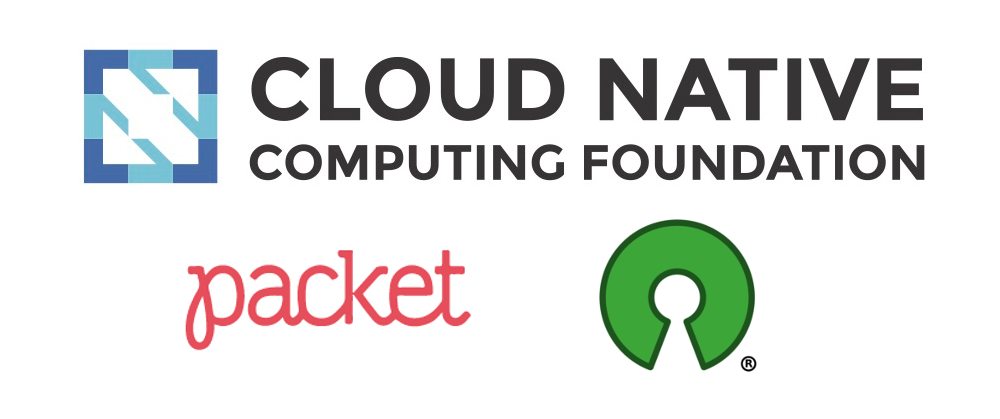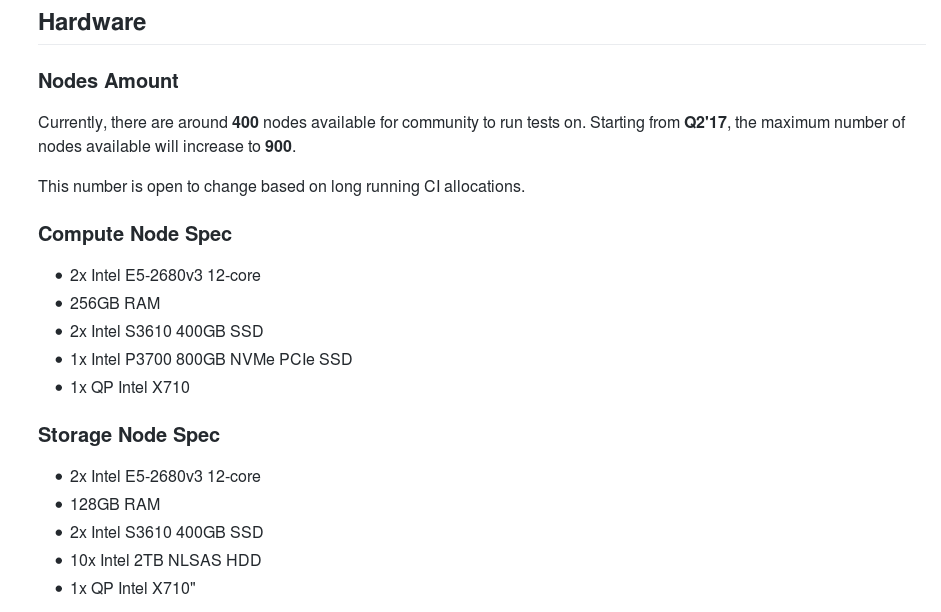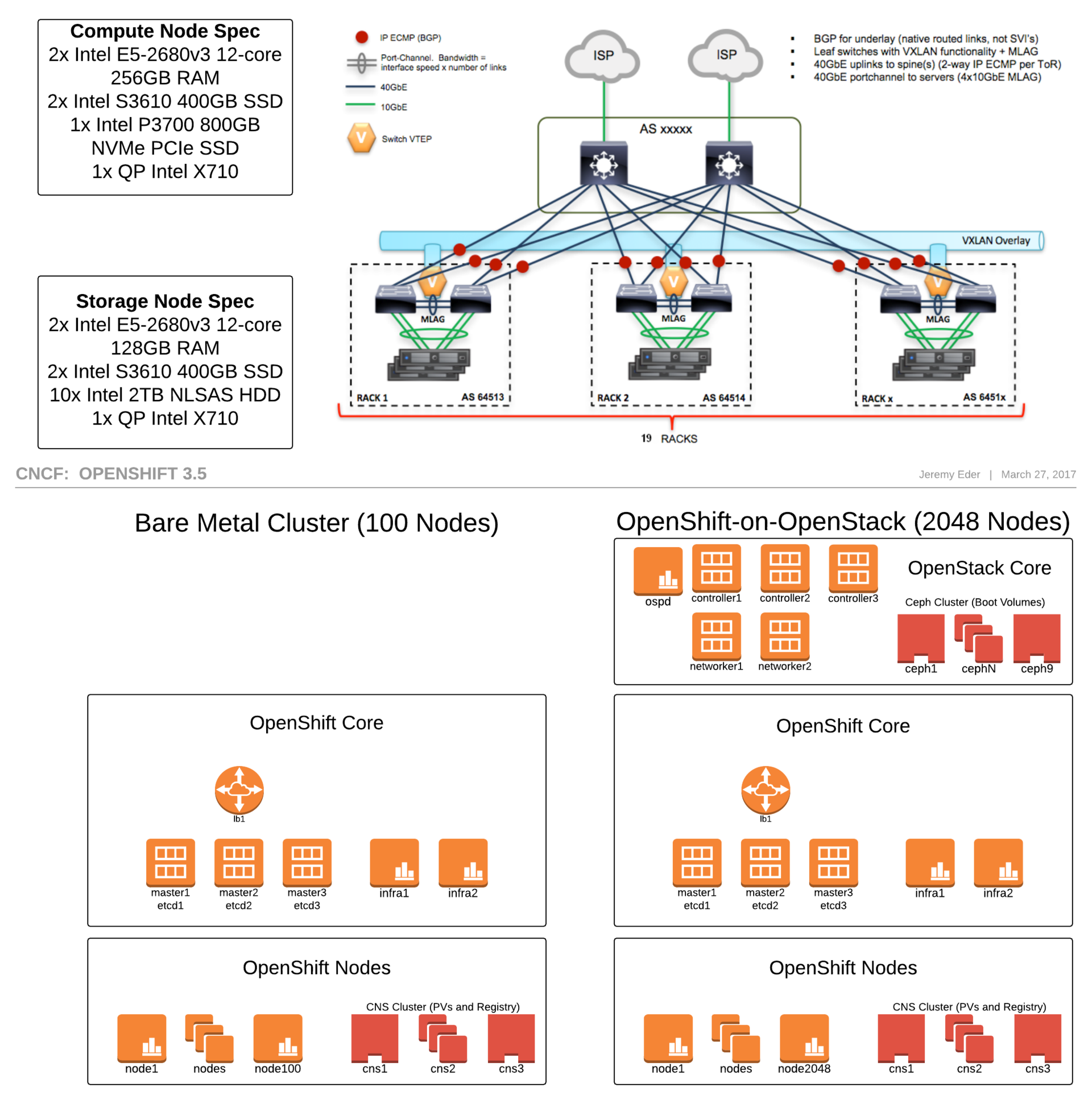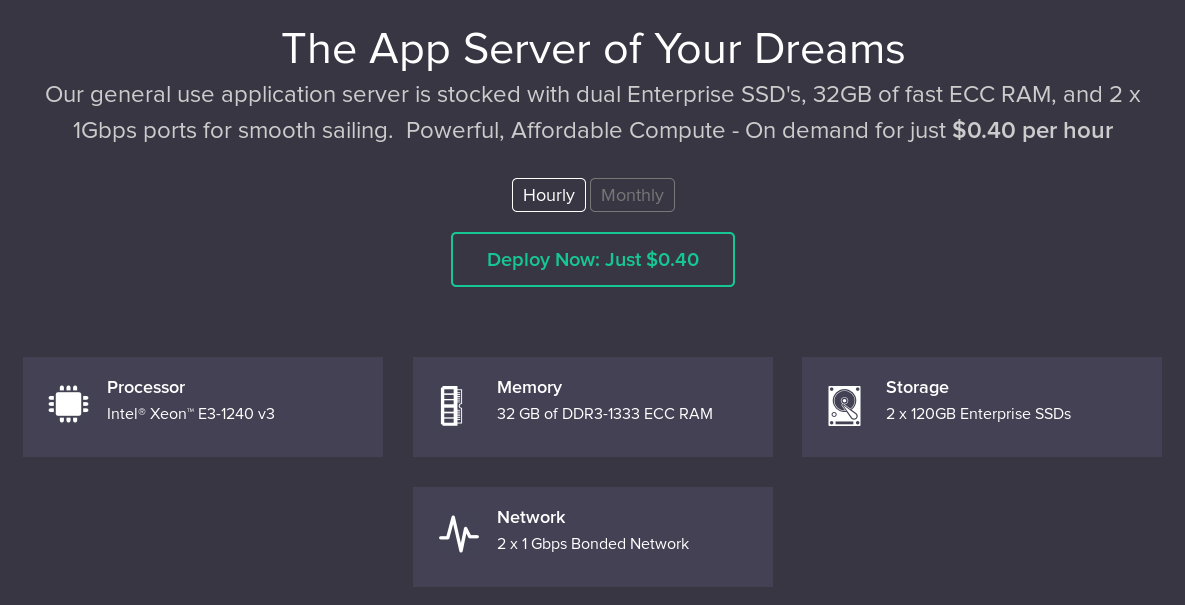CNCF offered free open source cloud for DevOps / microservices

On Tuesday, CNCF (Cloud Native Computing Foundation) announced the public availability of its “infrastructure laboratory” - CNCF Community Infrastructure Lab (CIL) . This means that Open Source-projects associated with microservice architecture and the cloud-based (cloud native) approach can get at their disposal an infrastructure for testing the operation and performance of their developments in the cloud of the desired scale.
CNCF is a project of The Linux Foundation, created at the end of 2015 with the goal of promoting broad acceptance of the cloud native approach - “a computational paradigm optimized for modern distributed environments that can scale up to tens of thousands of self-healing multi-user nodes”. It is implied that such (cloud native) systems run applications that are divided into containers, are dynamically managed and are microservice oriented. And since all this is happening with the filing of the Linux Foundation, we are talking about open source projects (Open Source). And today, among the projects supported by CNCF, you can see many familiar names to the DevOps world: Kubernetes, containerd , Prometheus, CNI , CoreDNS , Linkerd , etc.
')
CNCF Cluster: First Version
Since its inception, the CNCF organization has sought to provide infrastructure for open source projects. Over time, this resulted in the creation of a special cluster - CNCF Cluster . Its first implementation was presented about a year ago, and its configuration was based on Intel Xeon processors (and donated by Intel), it looked like this:

Even then, CNCF Cluster was called “the largest free cluster of bare metal servers in the world for the development of cloud native computing”. And during the existence of its first version, CNCF cloud resources have managed to turn to projects such as Kubernetes, Apache ZooKeeper, Elasticsearch on Mesos, TiDB and other DBMS. However, the largest user was the OpenShift platform.
Red Hat engineers deployed two installations of OpenShift: one cluster on 100 nodes bare metal and the second on 2048 nodes of OpenStack cloud-based virtual machines (Red Hat OpenStack Platform 10).

The objectives of the experiment were to test various Docker components (overlay2 driver for OverlayFS) and Kubernetes / OpenShift (HAProxy + Ingress, Red Hat Container-Native Storage based Persistent Volumes, container registry) on a fairly large scale. The results of their test are described in detail in the OpenShift blog , and the final impressions of the experiment were formulated as follows:
Much work has been done. How can we be sure that the community and consumers will benefit from it? First, we add absolutely everything [the results] to the upstream. In addition, we create as many settings, best practices and optimizations of configs for a product as possible ... and we document everything else. [..] CNCF Cluster is an incredibly valuable asset to the Open Source-community. The second stage of performance testing on the CNCF cluster again provided us with useful information that we use in upcoming releases.
One of the noticeable limitations of the first CNCF Cluster was its maximum usage time — up to 2 weeks. Projects such as Cilium and etcd have encountered it in their requests. But they were not left without attention: an employee of Packet , an American company specializing in providing bare metal resources on request *, came to the rescue ... And now the time came when this offer spread to the entire CNCF cluster, which, together with Packet, received a second incarnation.
* By the way, in the Open Source community, the Packet was known before - thanks to its gratuitous help for kernel.org.
CNCF Cluster: new version
So, for the needs of CNCF, Packet offers a cloud that is financially limited to 25 thousand USD per month and geographically distributed throughout the world (including the United States, the Netherlands, and Japan).
Available server options 5 types (7 final configurations) based on:
- Intel Atom C2550 (4 cores @ 2.4Ghz);
- Intel Xeon E3-1240 v3 (4 cores @ 3.4Ghz);
- Intel E3-1578L (4 Physical Cores @ 2.0 GHz base / 3.40 GHz burst);
- 2 x Intel Xeon E5-2650 v4 (24 cores @ 2.2 GHz);
- 2 × Cavium ThunderX ARMv8 SoC's;
- 2 x Intel Xeon E5-2640 v3 (16 cores @ 2.6Ghz);
- 2 x Intel E5-2620 v4 (16 total cores @ 2.1Ghz).

Typical Packet server configuration offered for application deployment
Among the officially supported operating systems for servers with Intel processors are Ubuntu 14.04 and 16.04, Debian 8, CentOS 7, Scientific Linux, Container Linux, RancherOS, NixOS, FreeBSD, and for ARMv8 this list is much shorter, but it is supplemented with CoreOS. Network capabilities include announcing your IP space, BGP / Anycast, and IPv6 support.
You can interact with the proposed configurations using a special API available via the HTTP protocol, as well as using ready-made clients already implemented in Ruby, Python, PHP, Go, Java, Node.js. One of the features of Packet is the integration of its proposed resources with popular tools / services for working with cloud environments and containers such as Rancher, Terraform, Mesosphere DC / OS, Kontena, Docker Machine and Docker Cloud, Apache jclouds and Apache Libcloud, as well as the system Ansible Configuration Management and Project Calico Network Solution.
Applying for resources
When receiving resources from CNCF CIL, it should be remembered that priority is given to projects that are already on the official CNCF list , then to member companies of the organization, and after that to other developers. In addition, the project must meet the following basic requirements :
- the source code must be 100% open source (distributed under OSI approved licenses);
- the application should allow developers to test or create continuously integrable infrastructures with the automated use of a large public cloud and without the forced use of virtualization;
- containers should be used in testing, if appropriate.
To request resources for your project, you need to create an issue in the CNCF Cluster Git repository. For the text of the application, a sufficiently detailed template has been prepared that asks for who the community and end users will benefit from the tests being conducted and how they “will help develop cloud native computing (in particular, containerization, orchestration, microservices, or any combination thereof)”. Examples of already implemented queries (albeit as long as they relate only to the old cluster) can be seen in closed issues .
PS
You may not need these resources right now (and / or you are not developing Open Source code), but it is useful to know ... perhaps not so much about this particular offer, as about the examples of cooperation in the industry for the benefit of modern technologies and, of course , Open Source.
Read also in our blog: “The Linux Foundation introduced a free introductory online course on Kubernetes .”
Source: https://habr.com/ru/post/335218/
All Articles